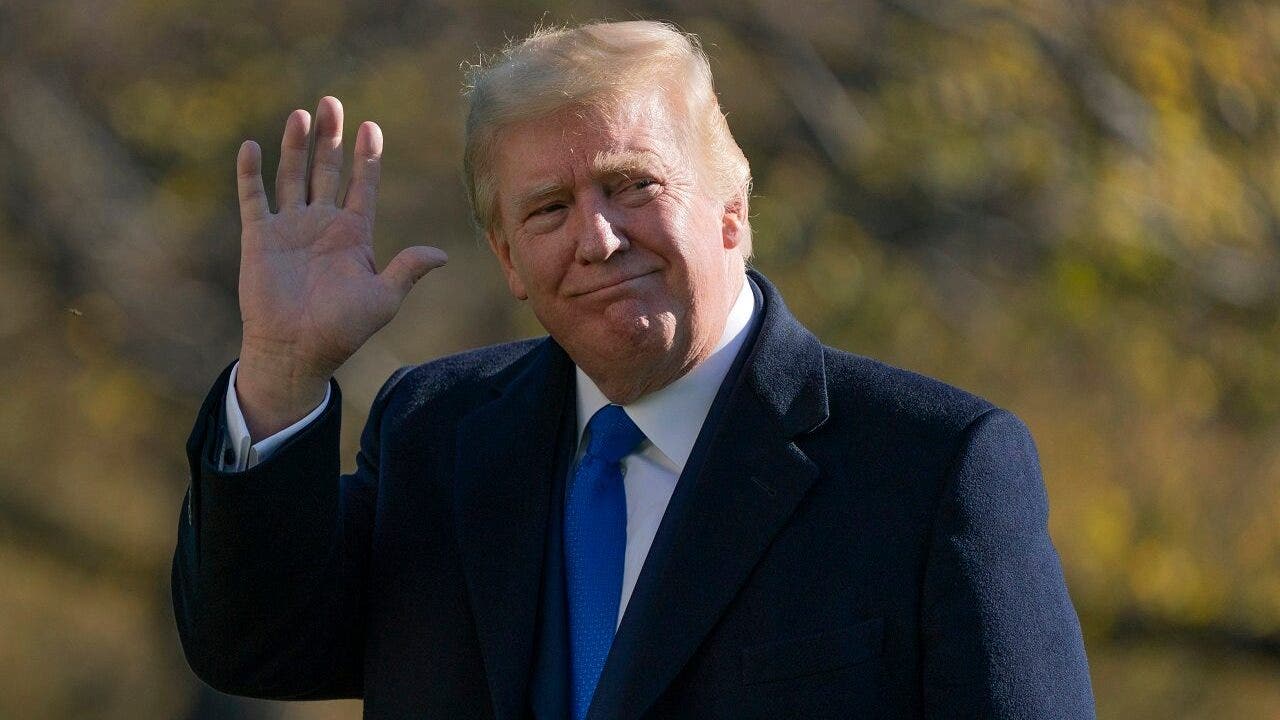WASHINGTON — Congressional Republicans are moving forward with plans for a rejiggered budget resolution that will set different thresholds for federal spending cuts — but still aims to raise the nation’s debt limit by trillions of dollars and pass President Trump’s border, energy and tax priorities by Memorial Day.
A House GOP aide told The Post that the “target cuts” for both chambers of Congress will be reconciled — with at least $1.5 trillion or more in total reduction to government spending in the final draft.
However, a Senate Republican aide noted that the instructions for the upper chamber will put the initial floor for cuts “much lower” — closer to $3 billion — with the Agriculture, Energy and Natural Resources as well as Health, Education, Labor and Pensions Committee identifying the line items.
“Just because we have a low floor doesn’t mean we can’t ultimately meet or exceed House targets,” the aide said of the Senate’s version, which will go up for its first vote next week.
The difference is due to legislative constraints between the House and Senate that have to be taken into account before the bill can pass via a process known as budget reconciliation.
That will allow Republican lawmakers to pass the resolution affecting federal spending and revenues — as well as raising the debt ceiling at least $4 trillion — by a simple majority, easing the process due to the narrow numbers advantage each conference currently holds over Democrats in Congress.
Senate Republicans have a 53-47 majority, and House Republicans hold a 218-213 majority.
The plan will also have to satisfy provisions of the so-called “Byrd Rule,” named for the late West Virginia Democratic Sen. Robert Byrd, before the deep cuts can be added in through an amendments process in the Senate.
As part of that, the Senate parliamentarian weighs in on whether the provisions are in keeping with the rule.
That puts the final budget reconciliation package on track for consideration by committees in April and final passage the following month.
House Speaker Mike Johnson (R-La.) said he hopes Trump, who has yet to release White House budget plans to help guide the process, will sign the legislation before June.
The Congressional Budget Office and the Bipartisan Policy Center have estimated that the US will default on its debt in the next few months, with the former predicting an August deadline and the latter projecting as early as July.
The House already advanced their own $4.5 trillion budget framework, with room for Trump’s signature 2017 tax cuts to be extended, whereas the Senate passed a “skinny” package with just a $345 billion increase to provide breathing room for just the border and energy provisions.
Johnson and Senate Majority Leader John Thune (R-La.) reached “consensus” after a Wednesday meeting at the White House with Trump, but their could face headwinds from rank-and-file fiscal hawks in the House and Senate who are hoping for deeper spending cuts.
Several, such as hardline Rep. Chip Roy (R-Texas) have trumpeted Department of Government Efficiency (DOGE) overseer Elon Musk’s target of $2 trillion in reductions as ideal.
“The framework must include meaningful deficit reduction in an era of $2 trillion deficits that frighten the financial markets,” House Freedom Caucus Chairman Andy Harris (R-Md.) told The Post Friday.
Johnson already surprised his critics by getting a stopgap government funding measure through his chamber on a party-line vote — with just Rep. Thomas Massie (R-Ky.) voting it down.
But the budget framework will also have to pass in the Senate, where a handful of fiscal conservatives could spell trouble for leadership — including the libertarian-leaning Sen. Rand Paul (R-Ky.), who has already expressed opposition based on any debt limit hike.
Sen. Mike Lee (R-Utah), another critic, said he’d like to see an even higher reduction in government spending.
“I’d have to see language. I’m very skeptical,” Lee told Punchbowl News, which first reported on the budget framework plans Friday.
One other kink to iron out is the differences between the Senate and House spending levels for national defense.
Just $100 billion was put forward for that in the lower chamber, while security hawks in the upper chamber requested $150 billion.
Read the full article here















